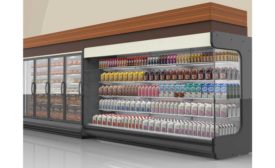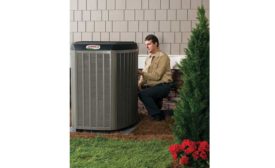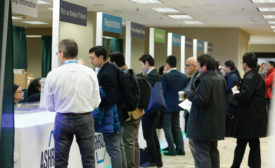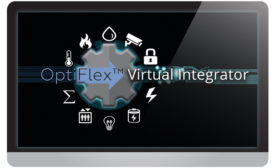Joanna R. Turpin
Joanna Turpin is a Senior Editor at The ACHR NEWS. She can be contacted at 248-786-1707 or joannaturpin@achrnews.com. Joanna has been with BNP Media since 1991, first heading up the company’s technical book division before moving over to The ACHR NEWS, where she frequently writes about refrigerants and commercial refrigeration. She obtained her bachelor’s degree in English from the University of Washington and worked on her master’s degree in technical communication at Eastern Michigan University.
ARTICLES
Practicing Good Cyber Hygiene
Small- and medium-sized HVAC firms often fall victim to ransomware attacks
Read More
EPA’s Proposed Changes to Section 608 Cause Concern in the Industry
Some HVACR professionals are wary about new rules regarding HFC leak repair/purchase
Read More
HVAC Contractors’ Guide to Troubleshooting Cooling Systems
Differences exist between R-410A and R-22, but best practices remain the same
Read More
The AHR Expo Finds Atlanta Is Just Peachy
HVACR industry event returns to city after 18-year absence
Read More
ASHRAE Meeting Offers Eight Tracks, Two of Which Are New
HVAC Contractors encouraged to attend Winter Conference
Read More
Innovation Award Winners to Be Featured at AHR Expo
Award-winning products in 10 categories will be on display
Read More
E360 Forum Covers Refrigerants, Regulations, Refrigeration Trends
Emerson’s annual meeting addresses challenges for supermarkets, HVACR contractors
Read More
Copyright ©2024. All Rights Reserved BNP Media.
Design, CMS, Hosting & Web Development :: ePublishing









